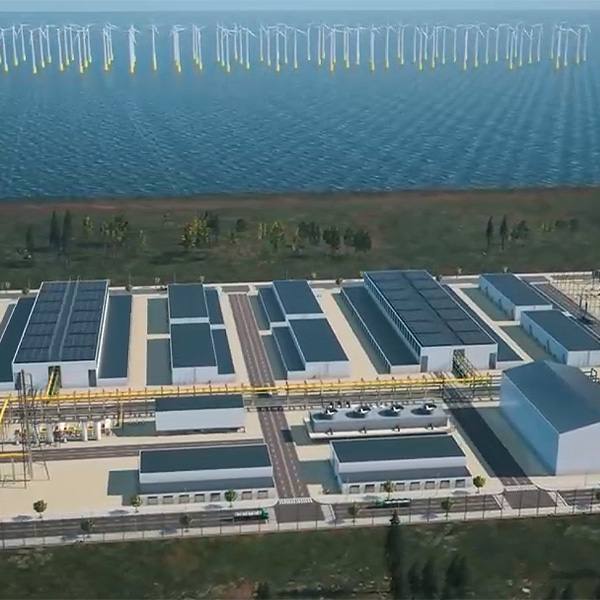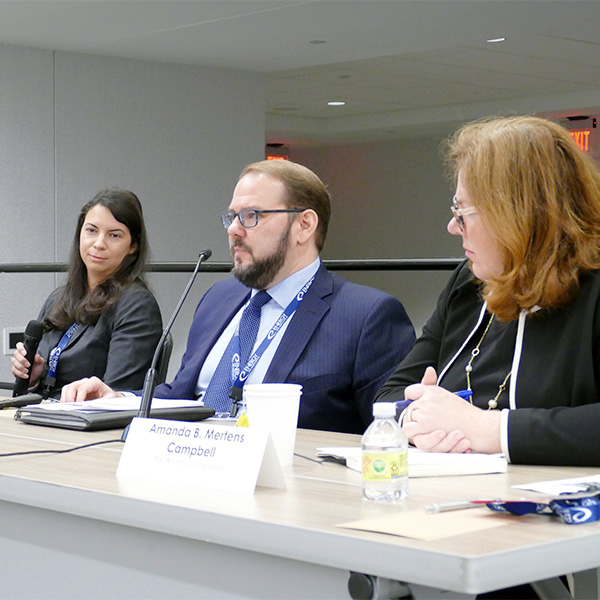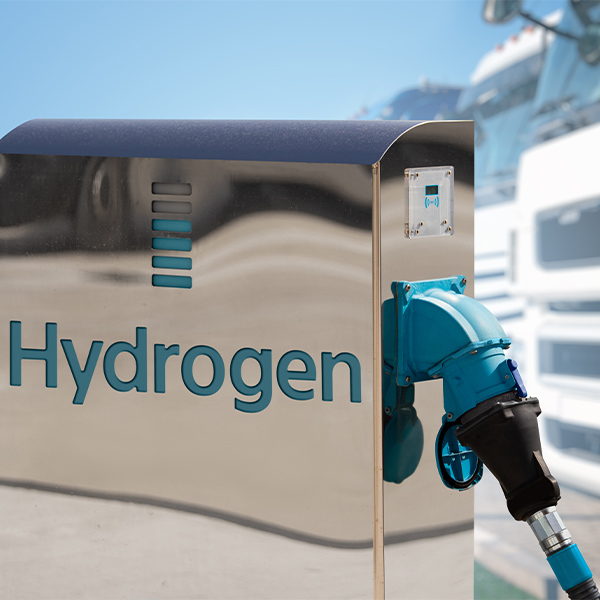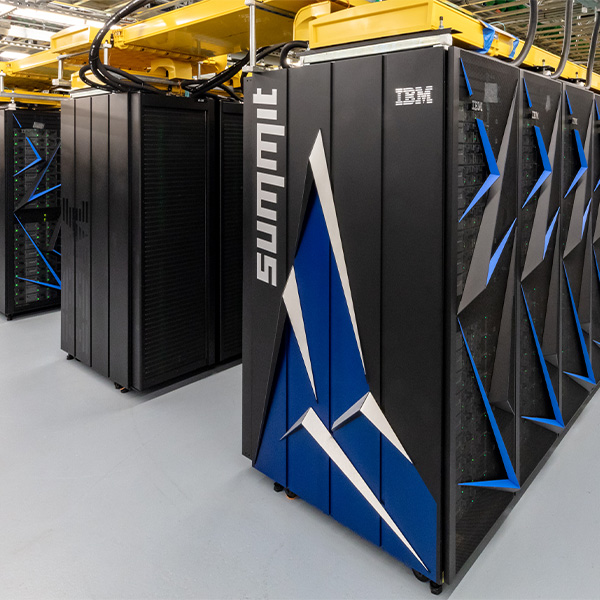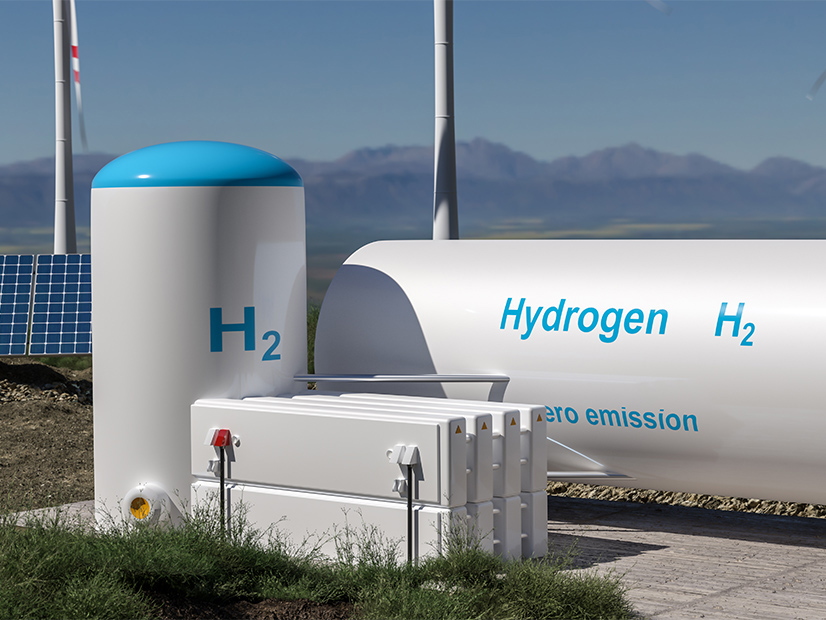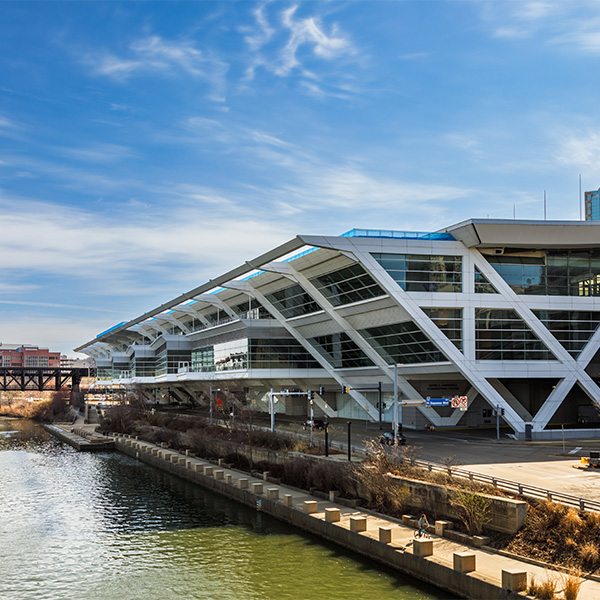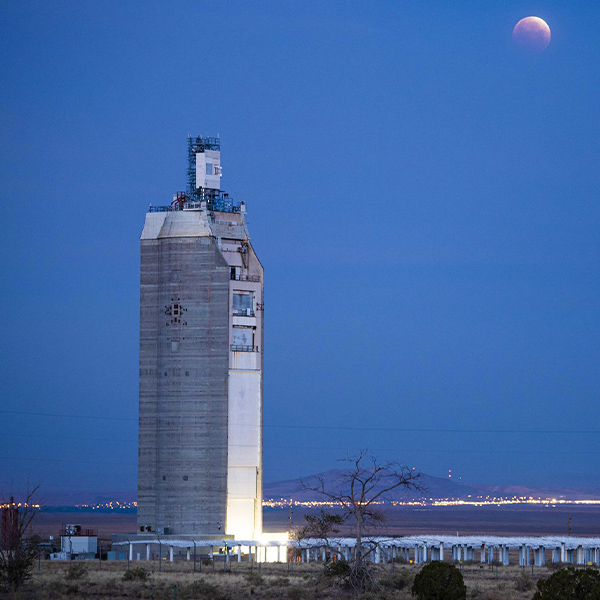Industrial Decarbonization
The summit dug into the economics and politics surrounding net-zero initiatives, the progress being made and the inertia that continues to slow the transition.
The emerging producer of fuel cells, electrolyzers and green hydrogen may have a Wall Street credibility problem.
FERC may have a role in regulating hydrogen pipelines — and not everyone thinks that's a good idea.
The hydrogen revolution could be stuck in neutral unless big industry and finance buy in.
U.S. manufacturers are learning how to more quickly decarbonize their processes thanks in part to the Department of Energy’s high-performance supercomputers.
The switch from natural gas to hydrogen for heating and use in heavy industry will require more than passing legislation to fund the transition.
Hydrogen will be the new oil if national governments, including the U.S., can make it happen.
The U.S. Department of Energy announced $24 million in grants to support the development of next-generation concentrating solar-thermal power technology.
More than 6,000 people from 34 countries traveled to the Steel City for the Global Clean Energy Action Forum. Here's some of what we heard there.
Decarbonizing heavy industry was a key theme at the Global Clean Energy Action Forum, where global leaders discussed slashing those hardest-to-slash emissions.
Want more? Advanced Search

